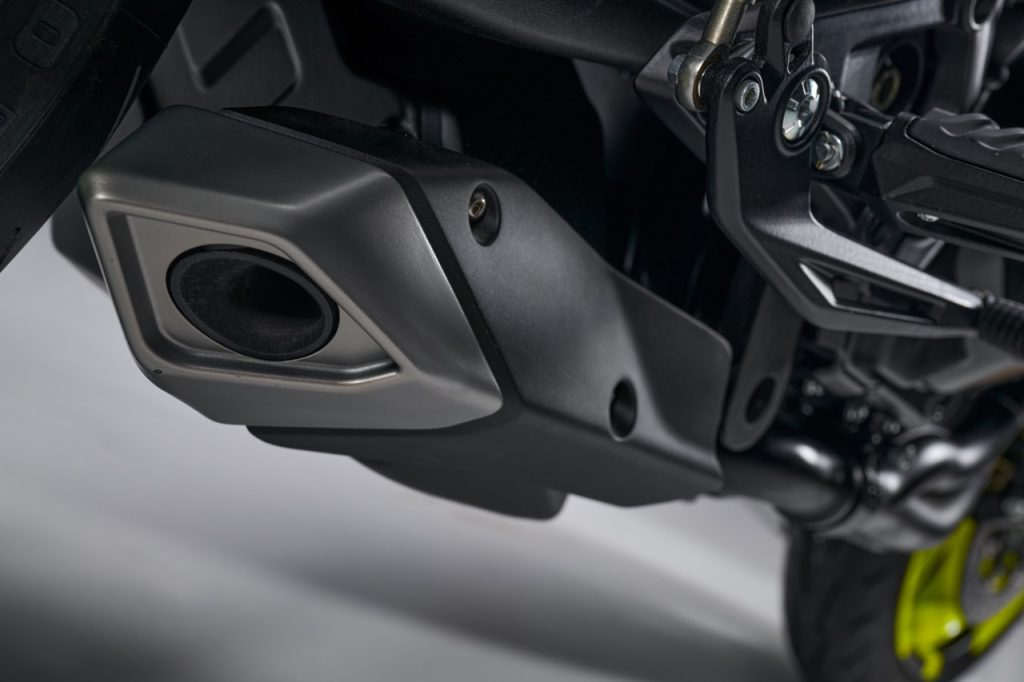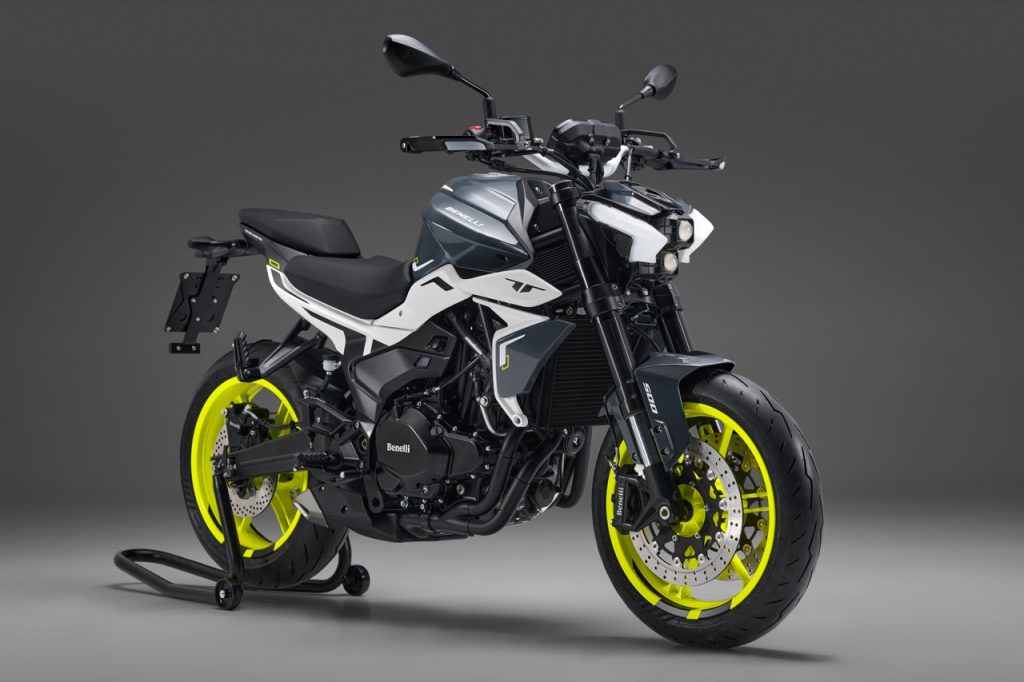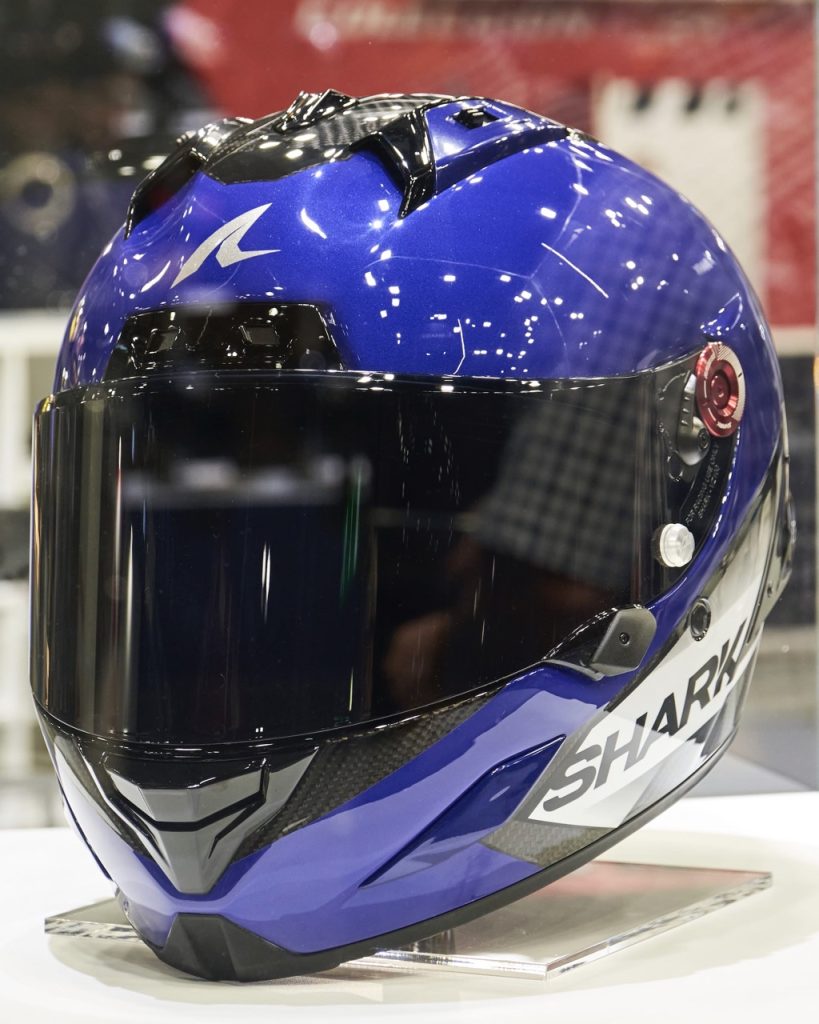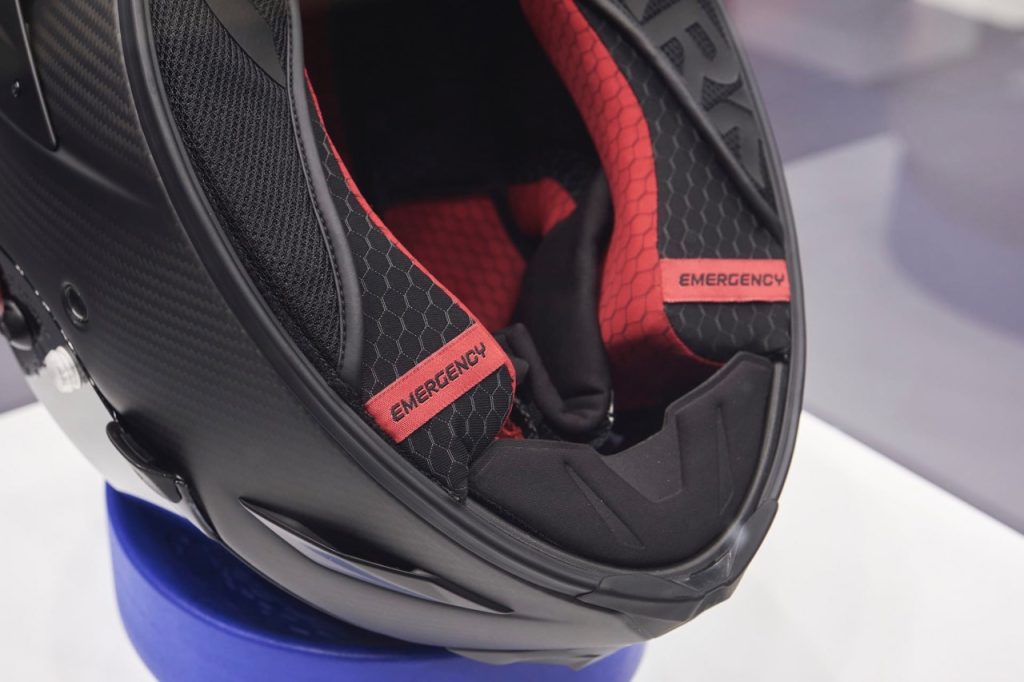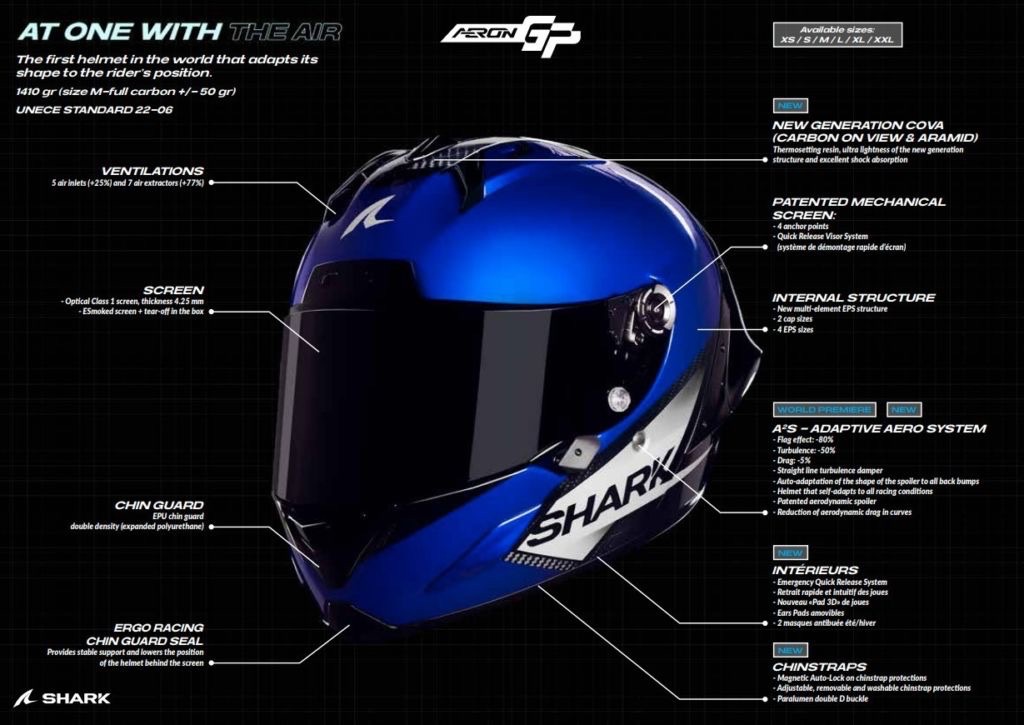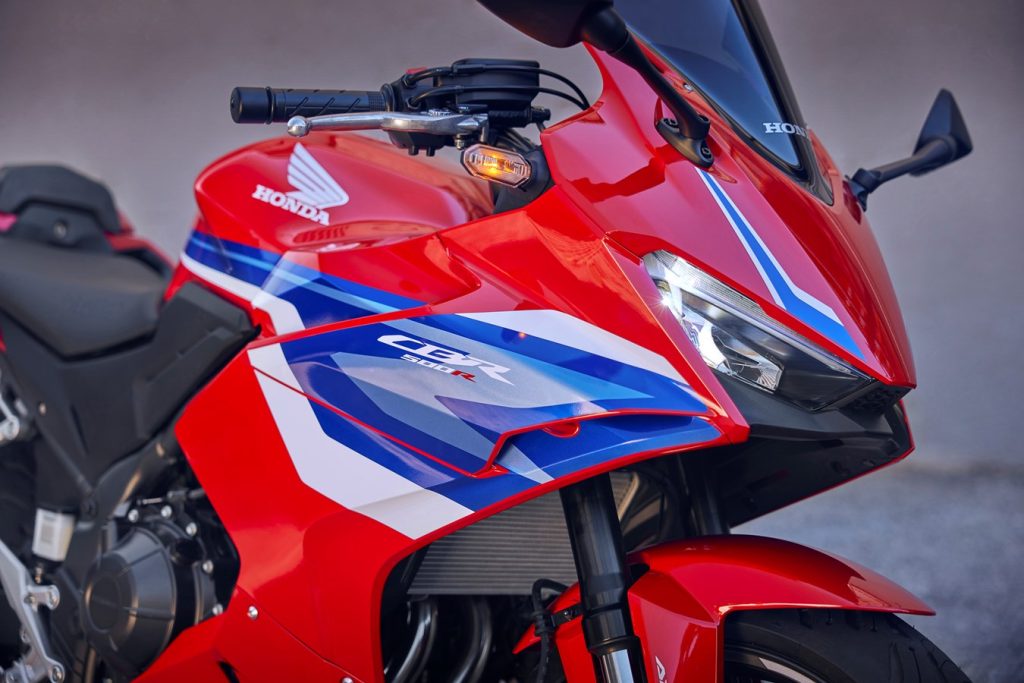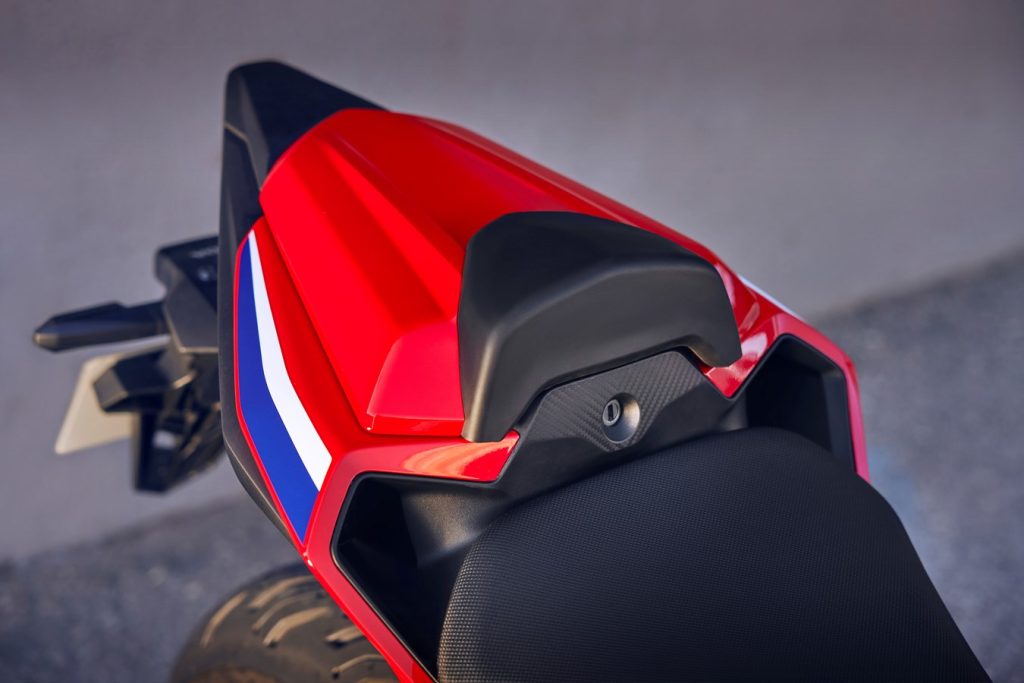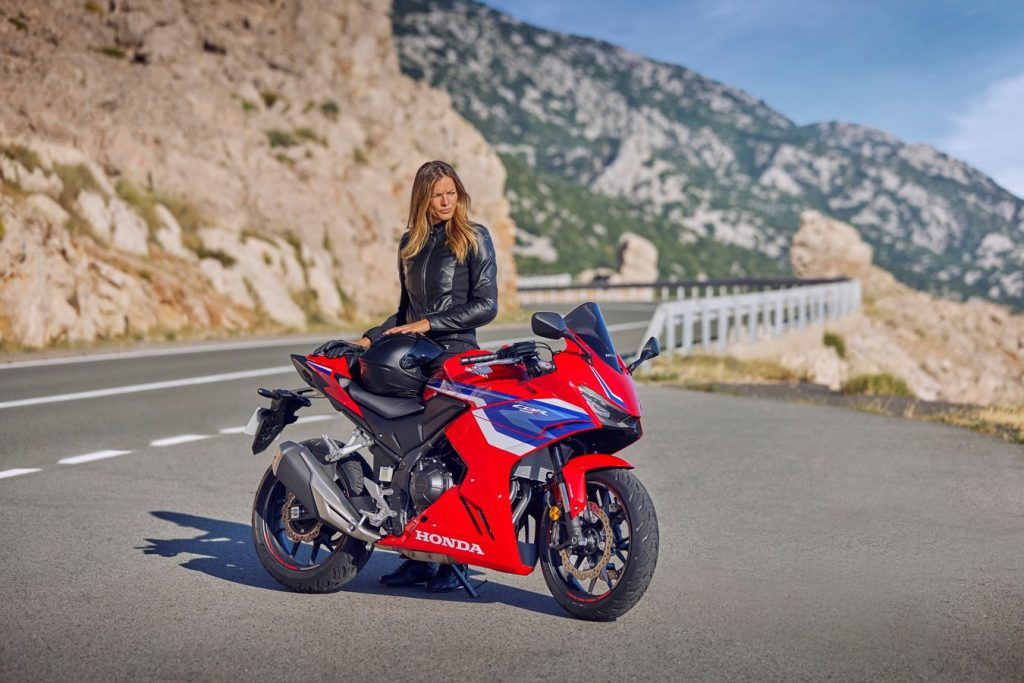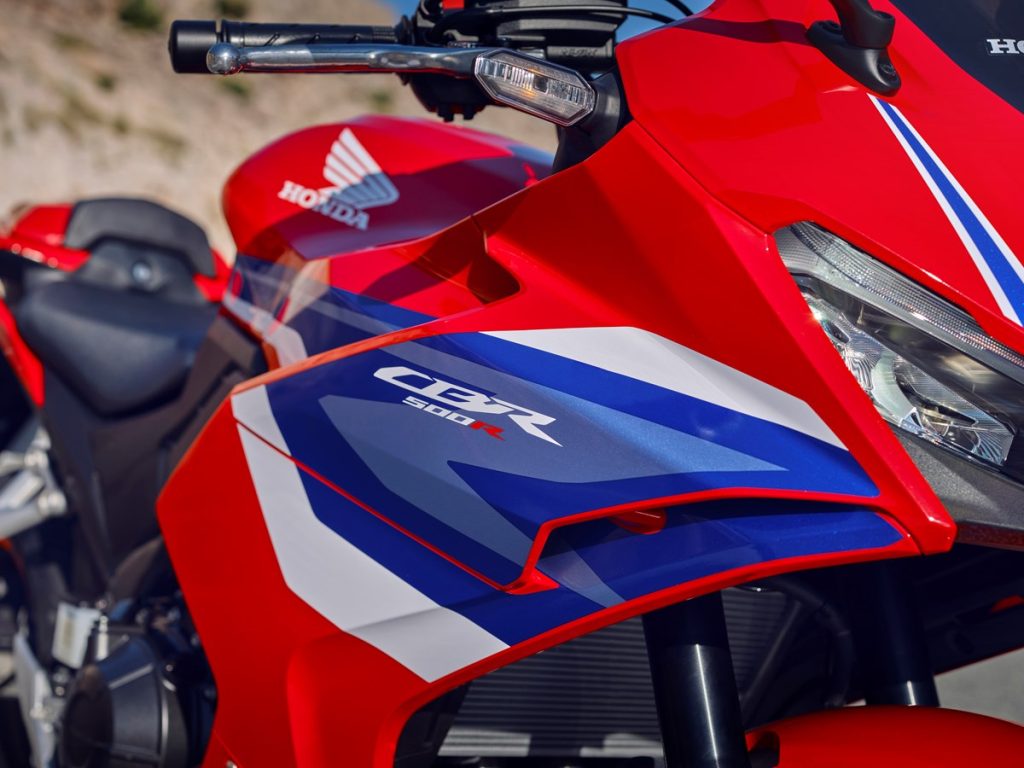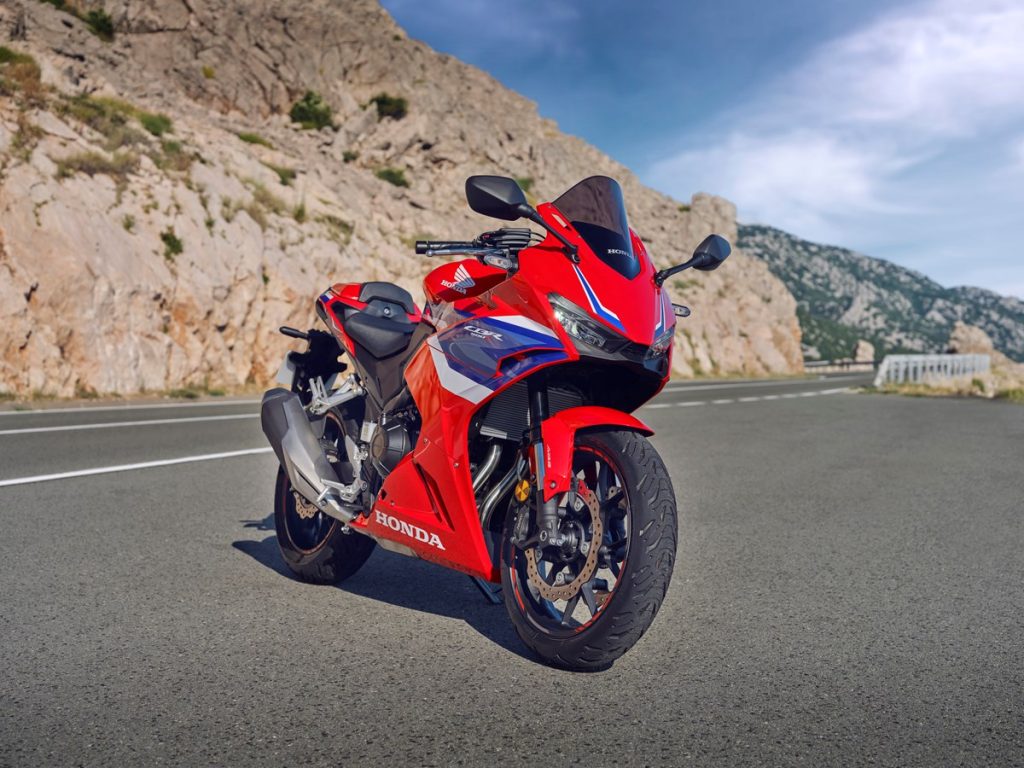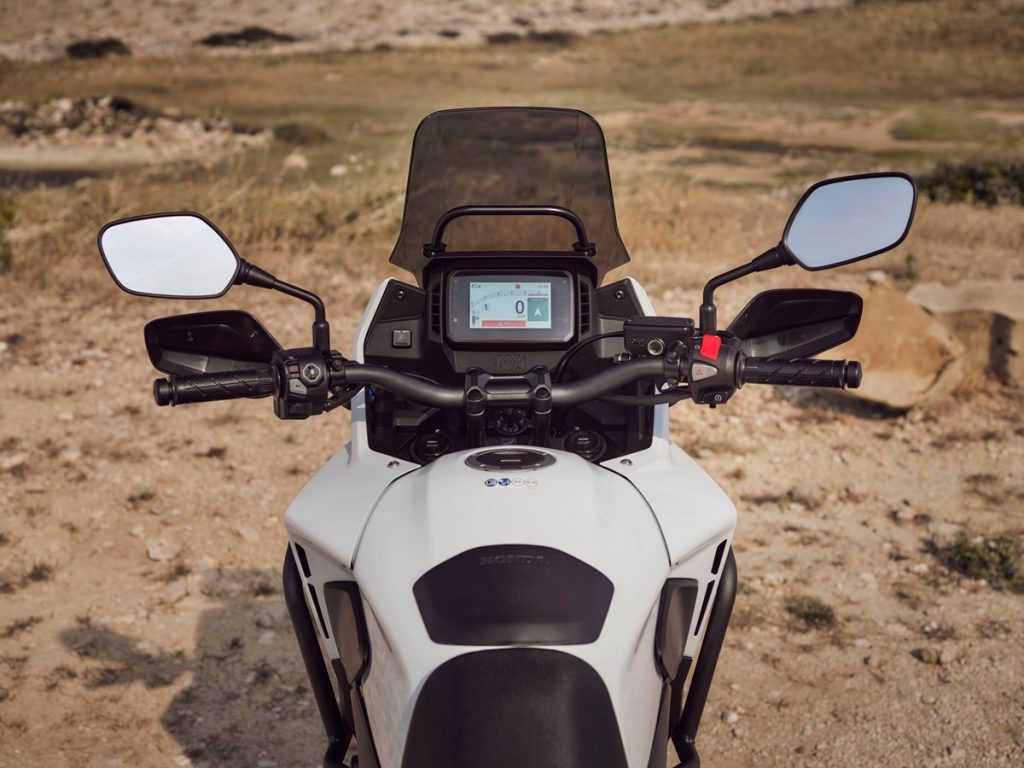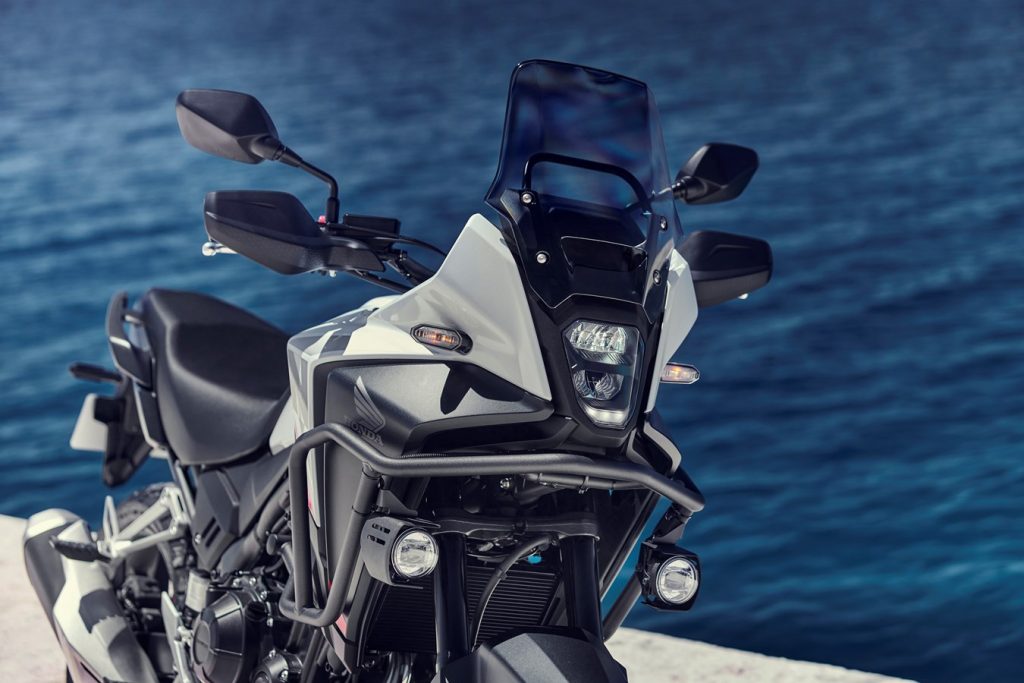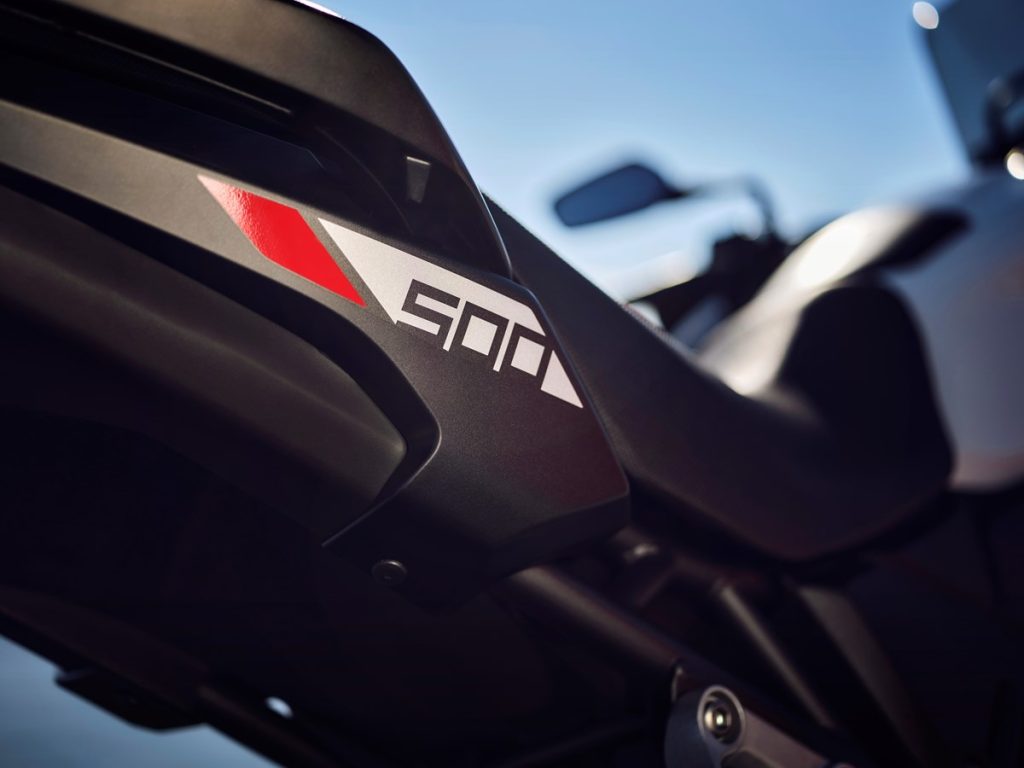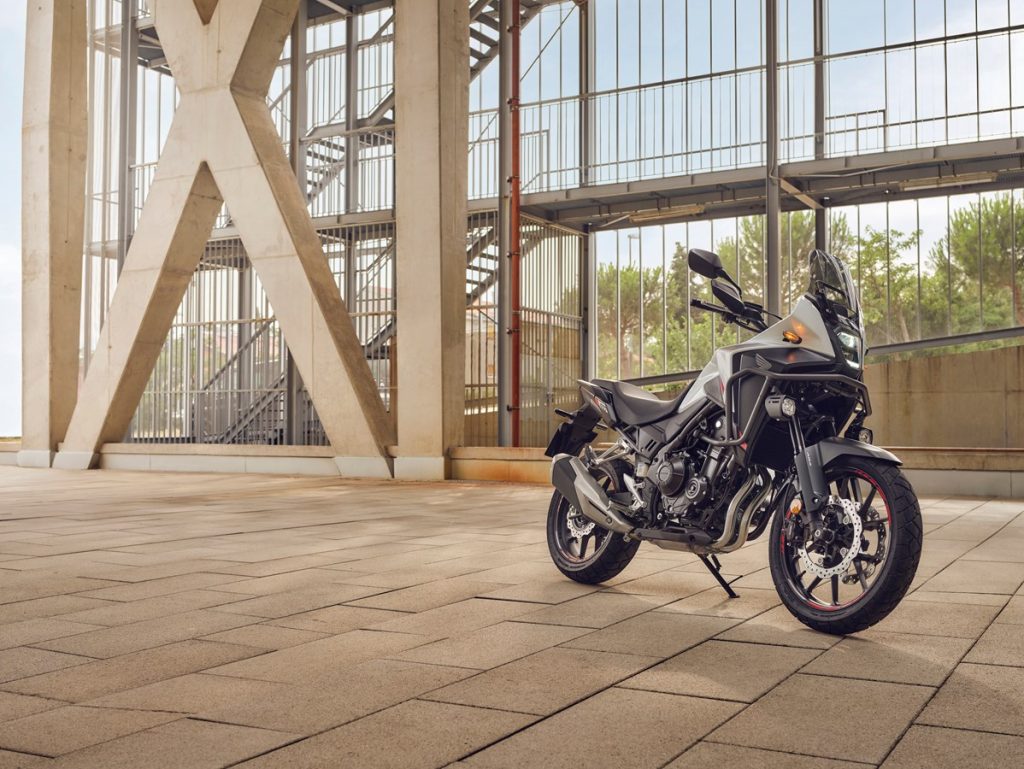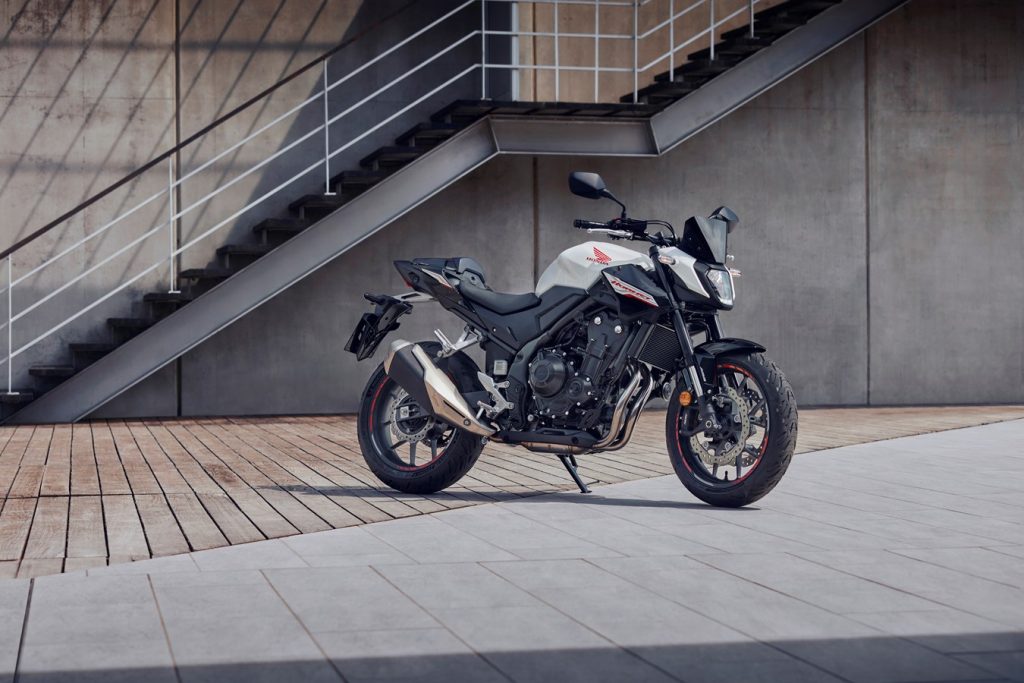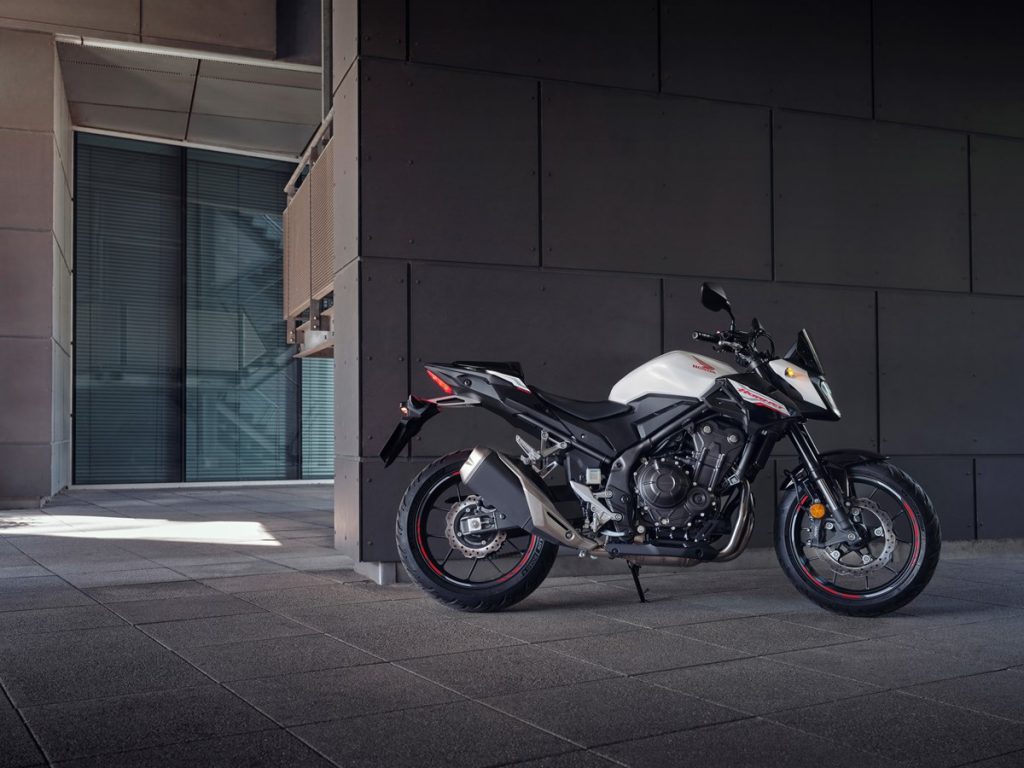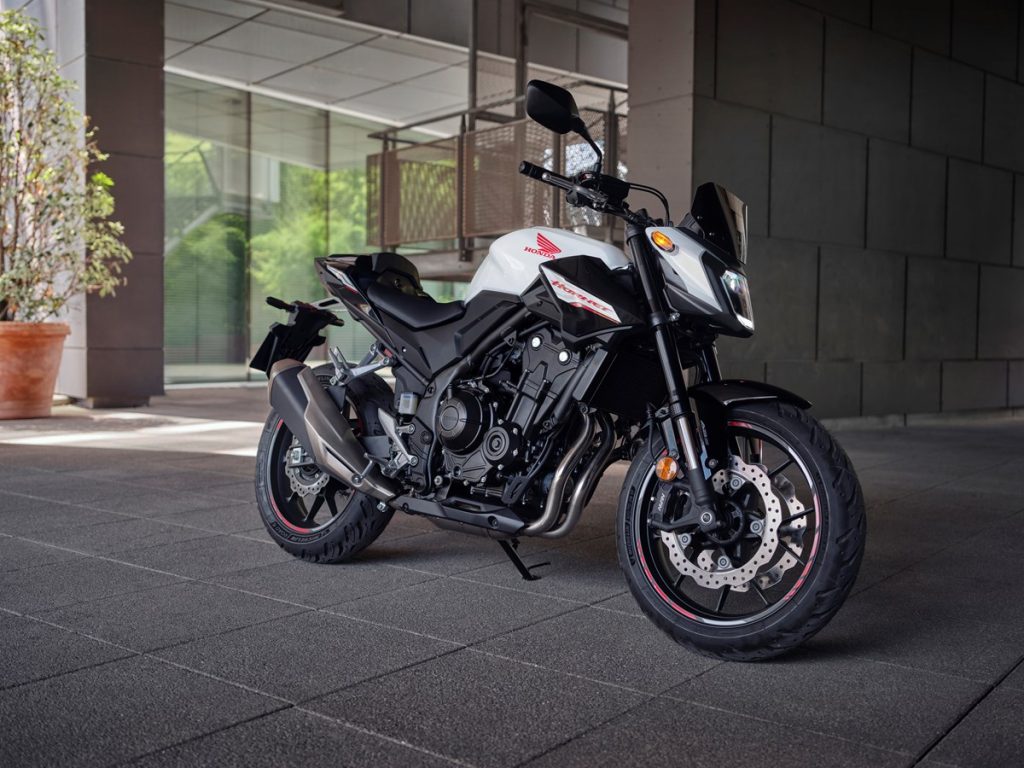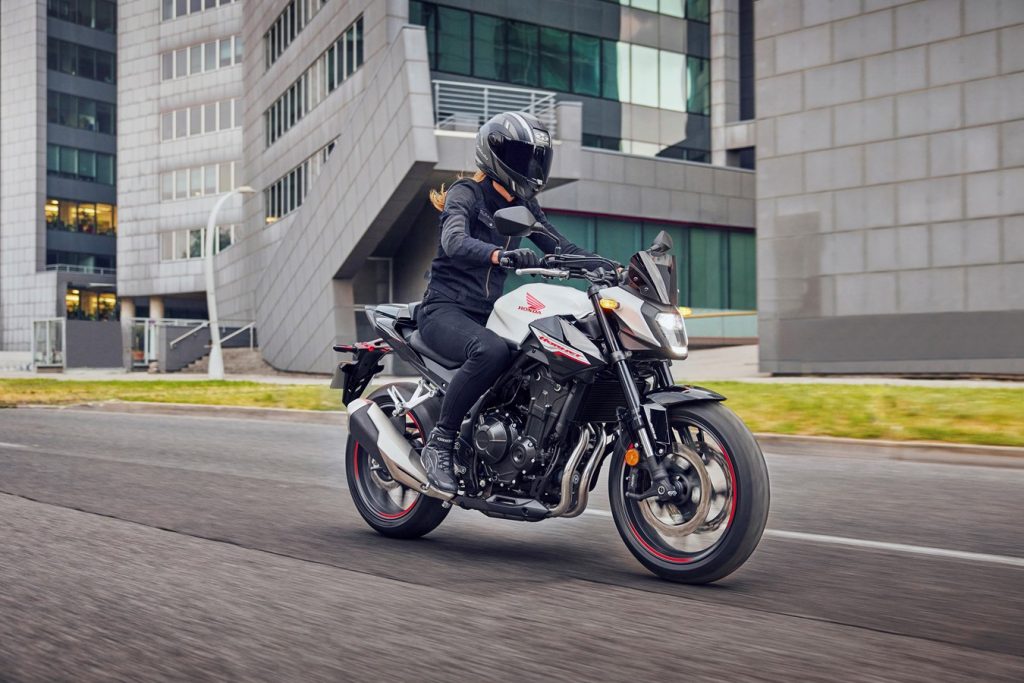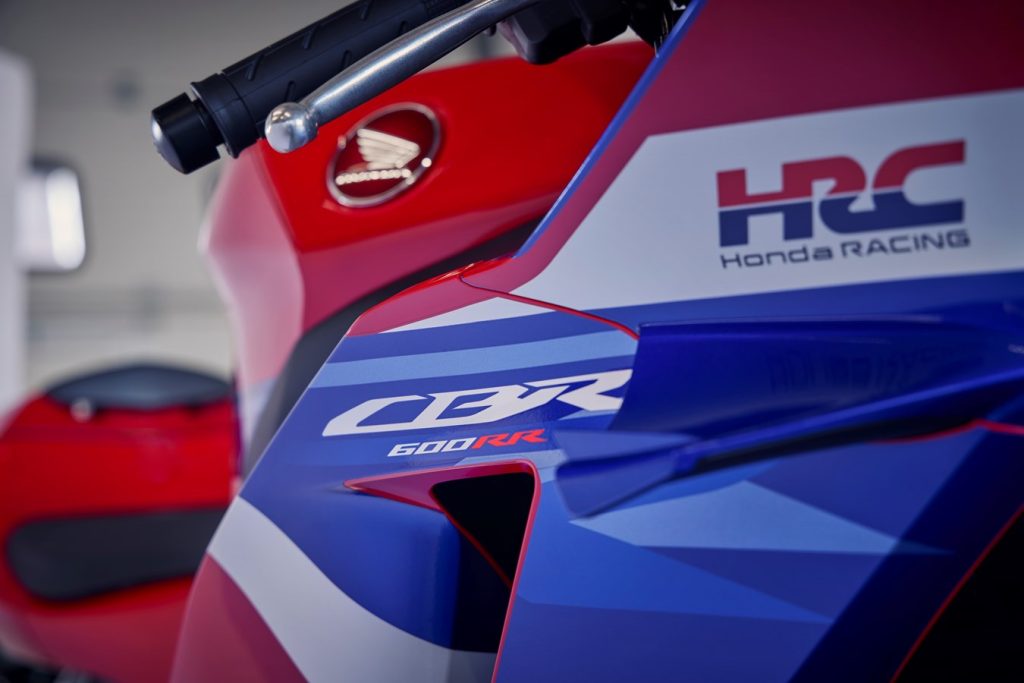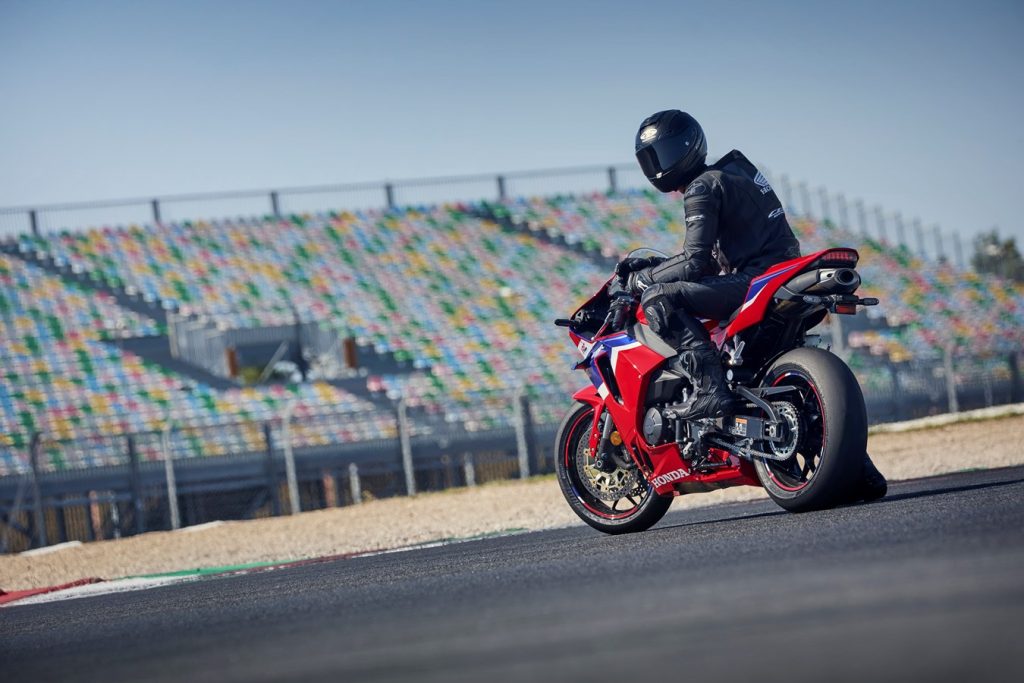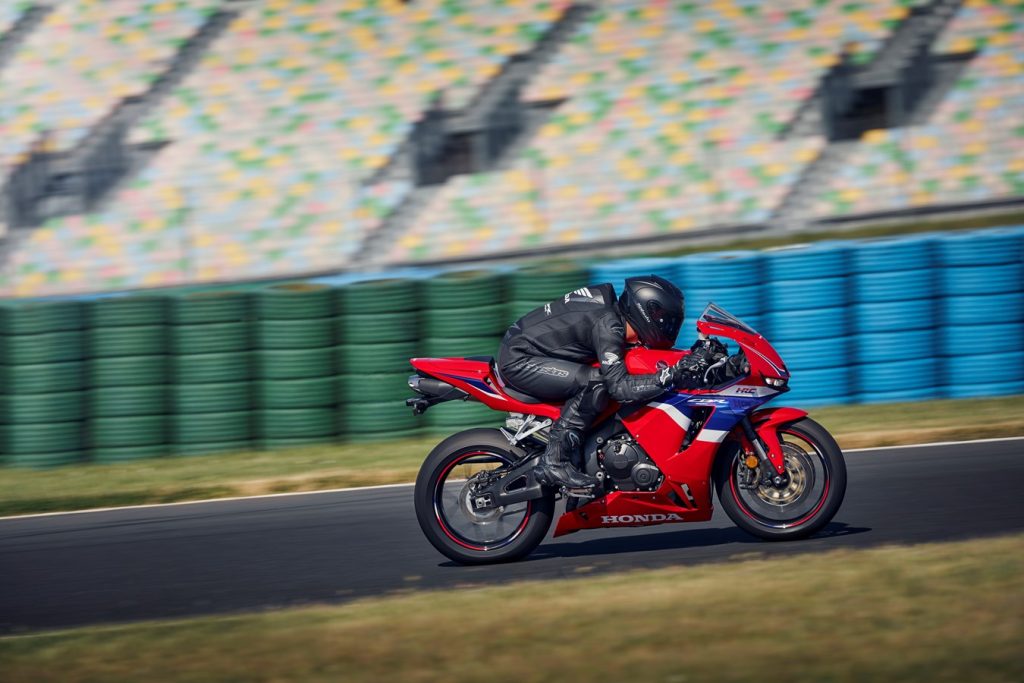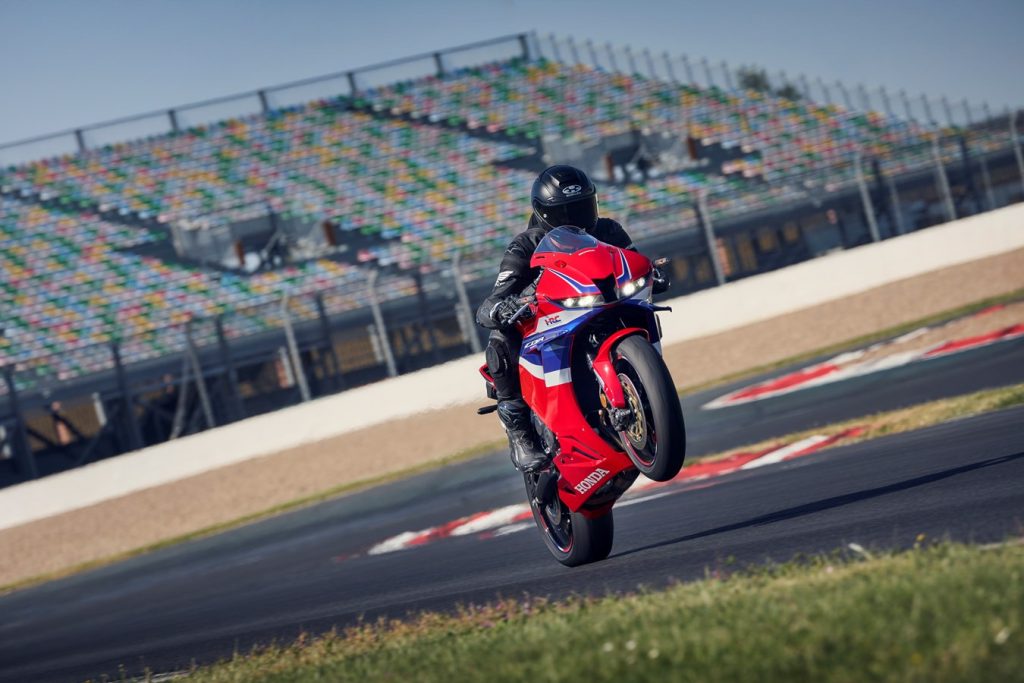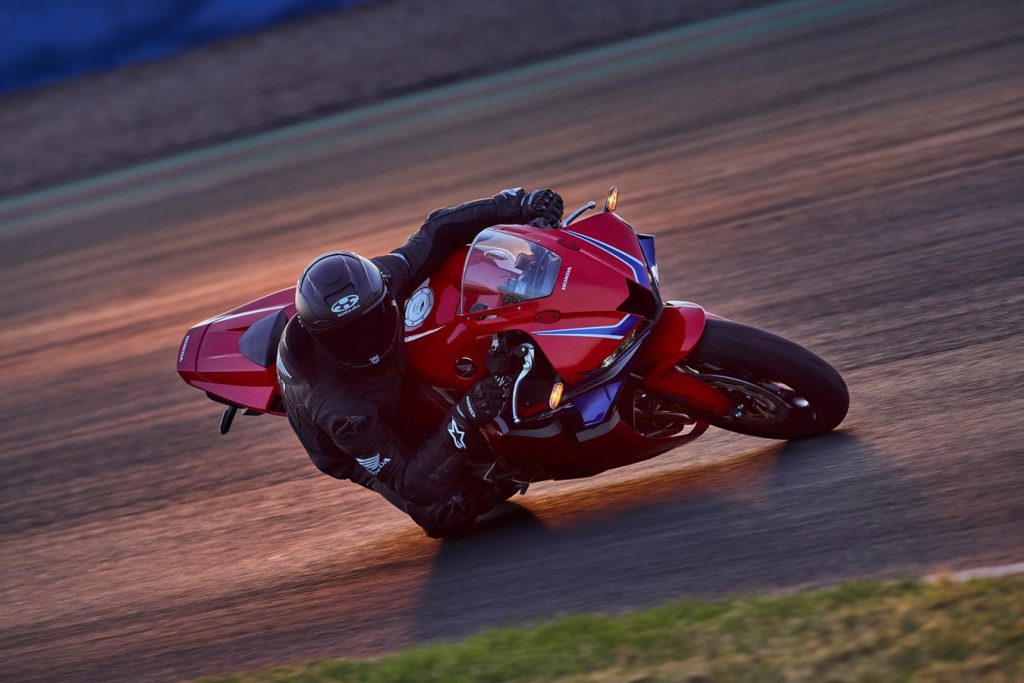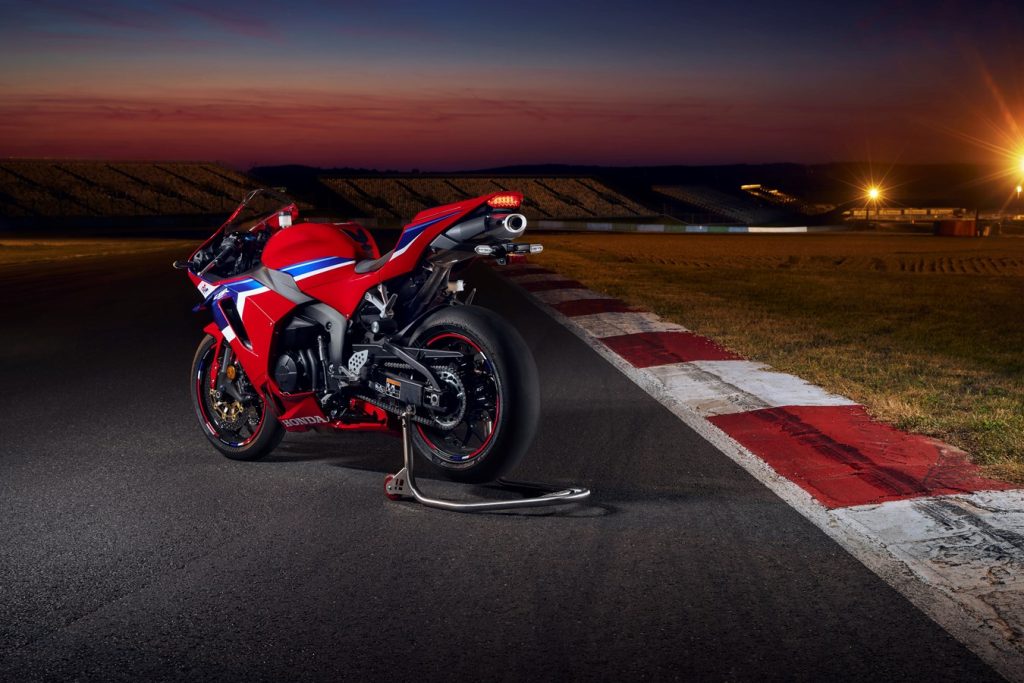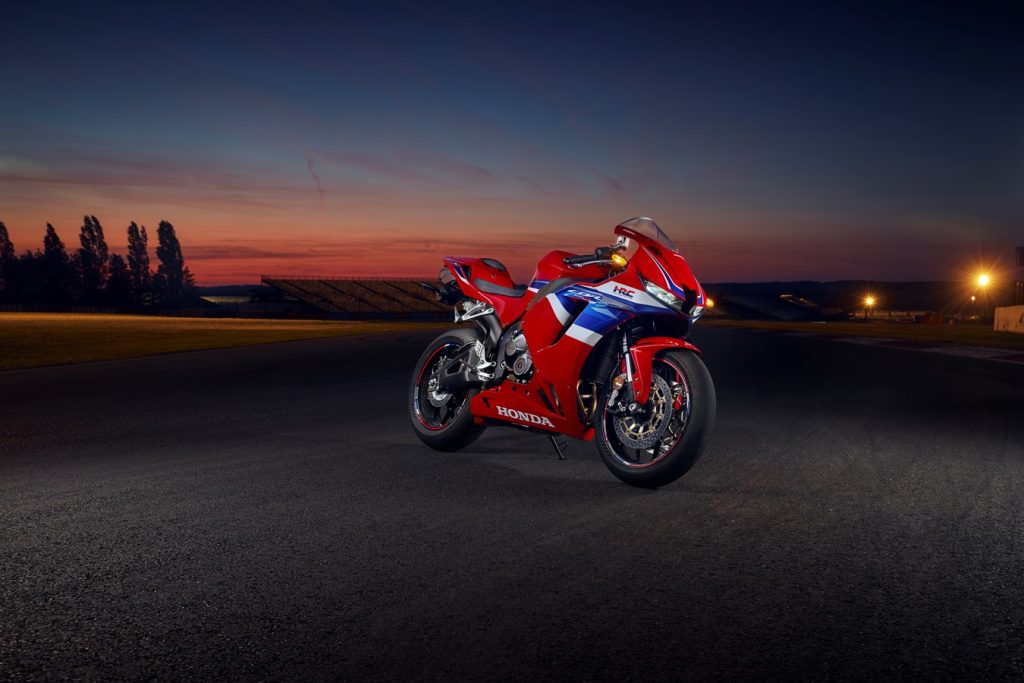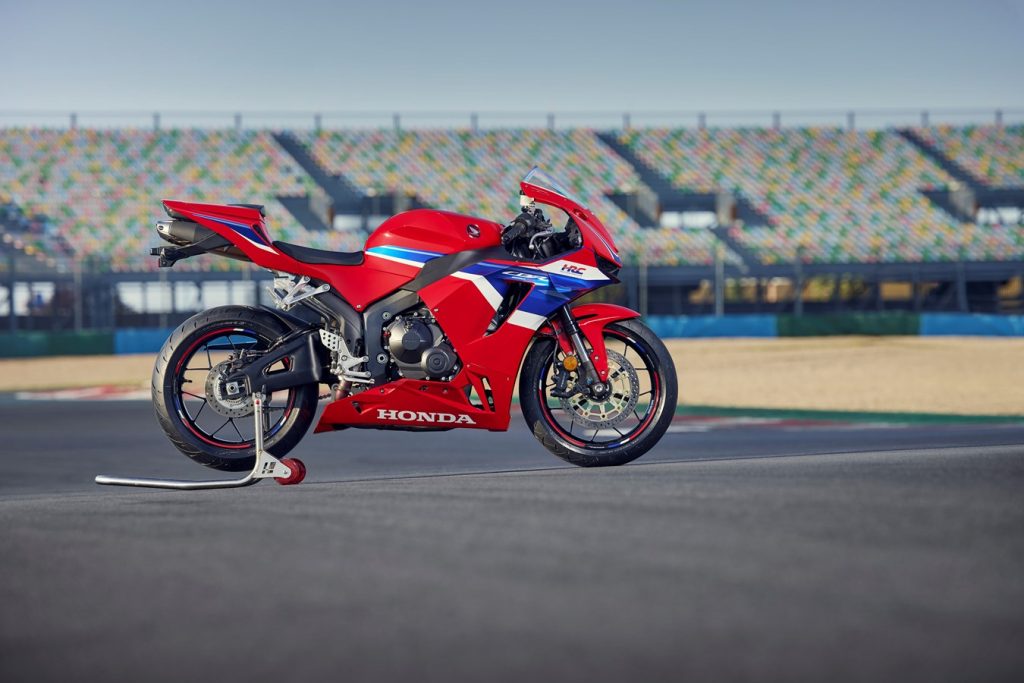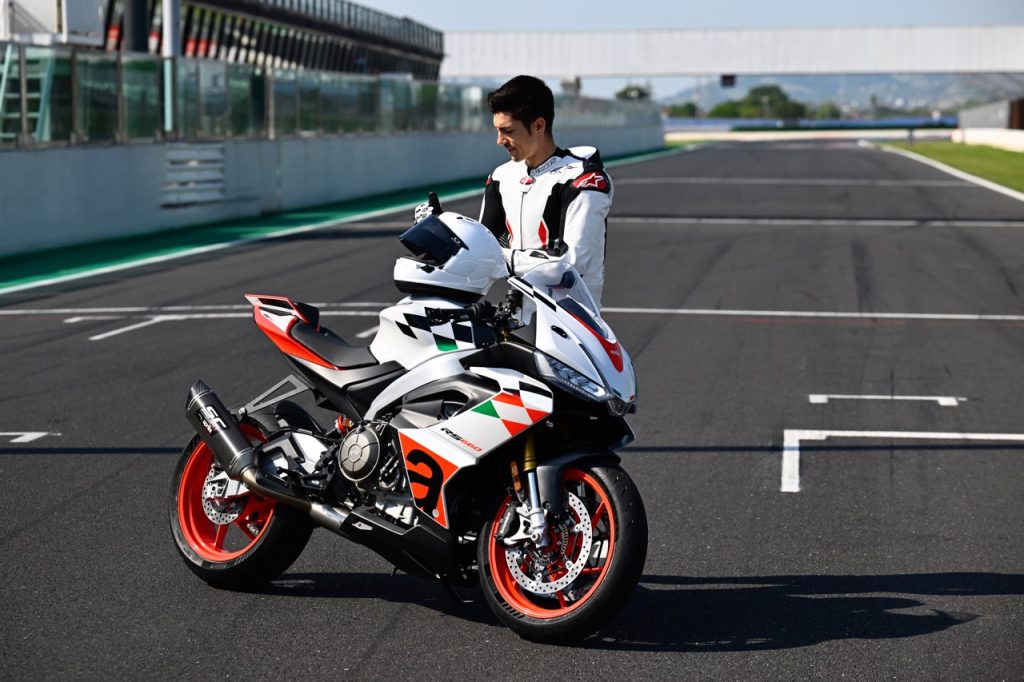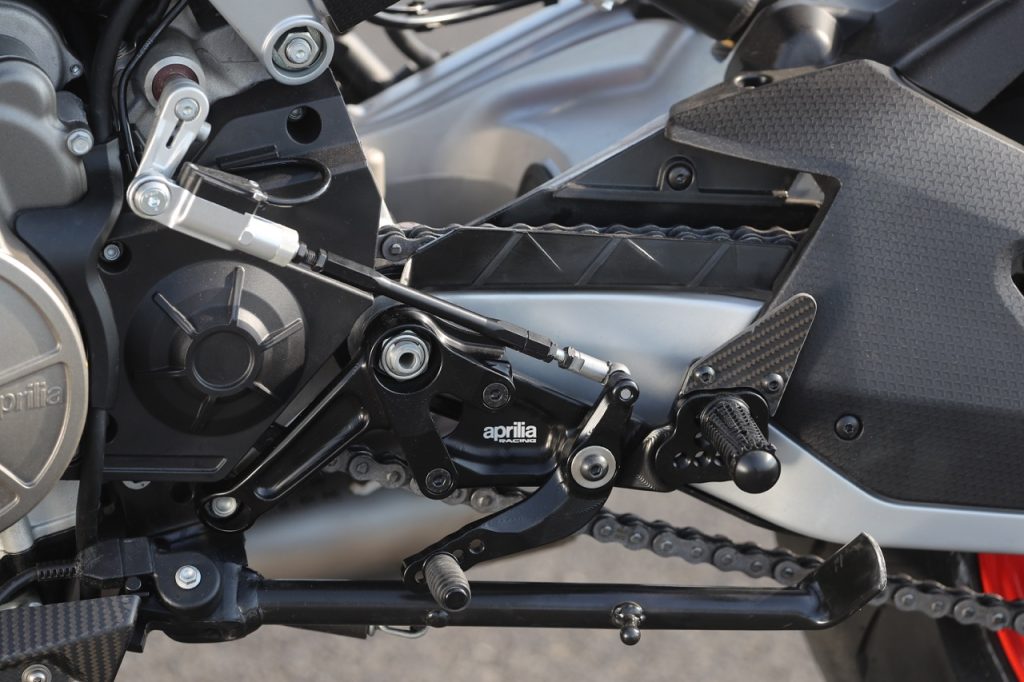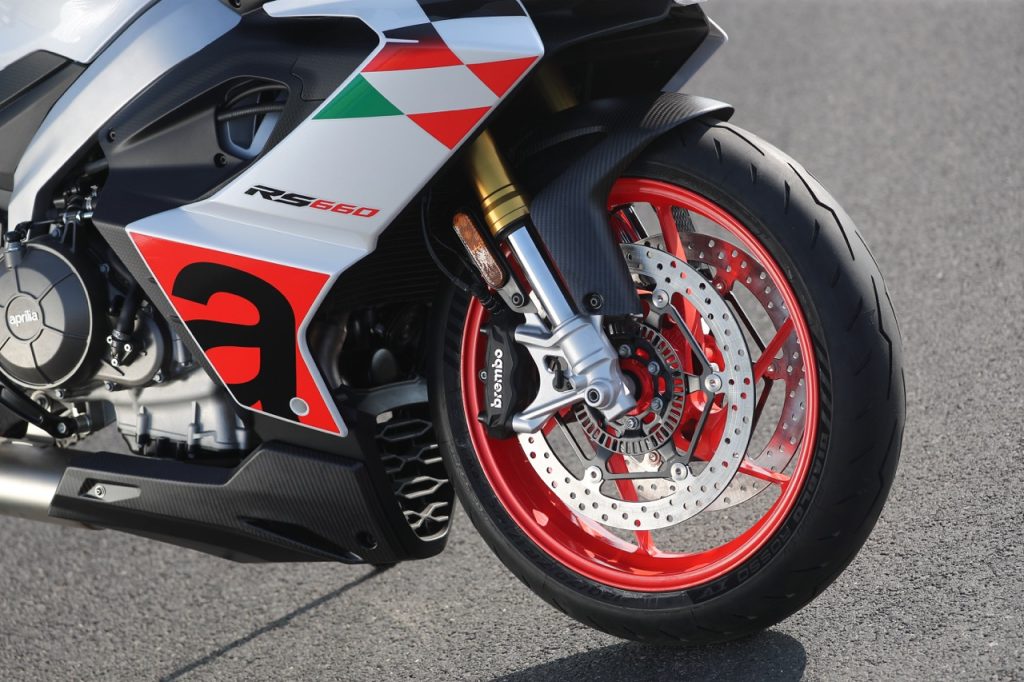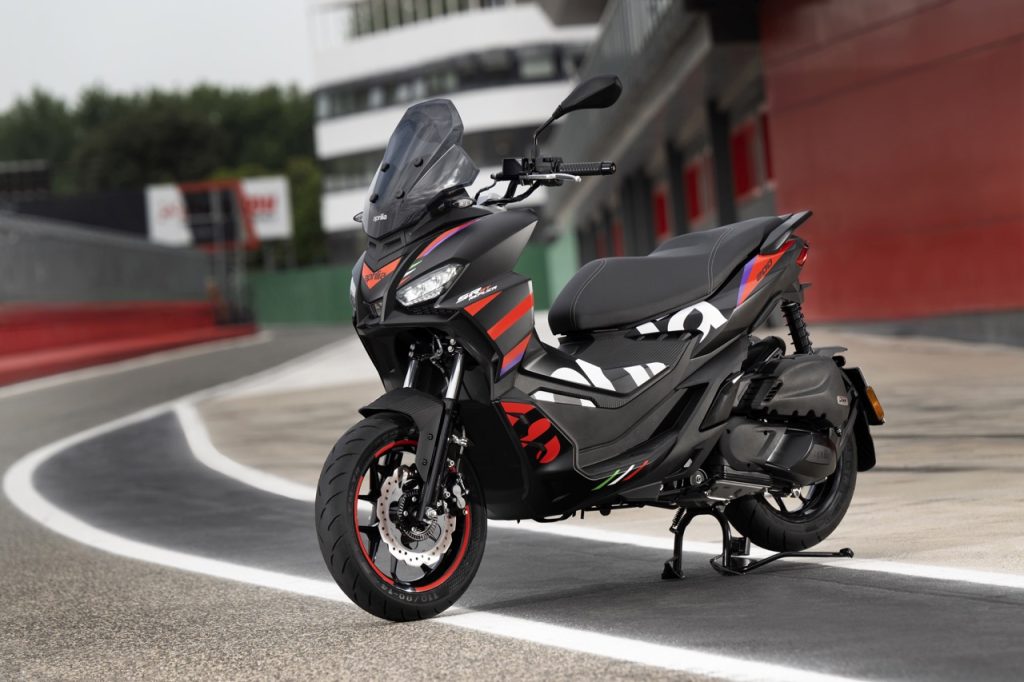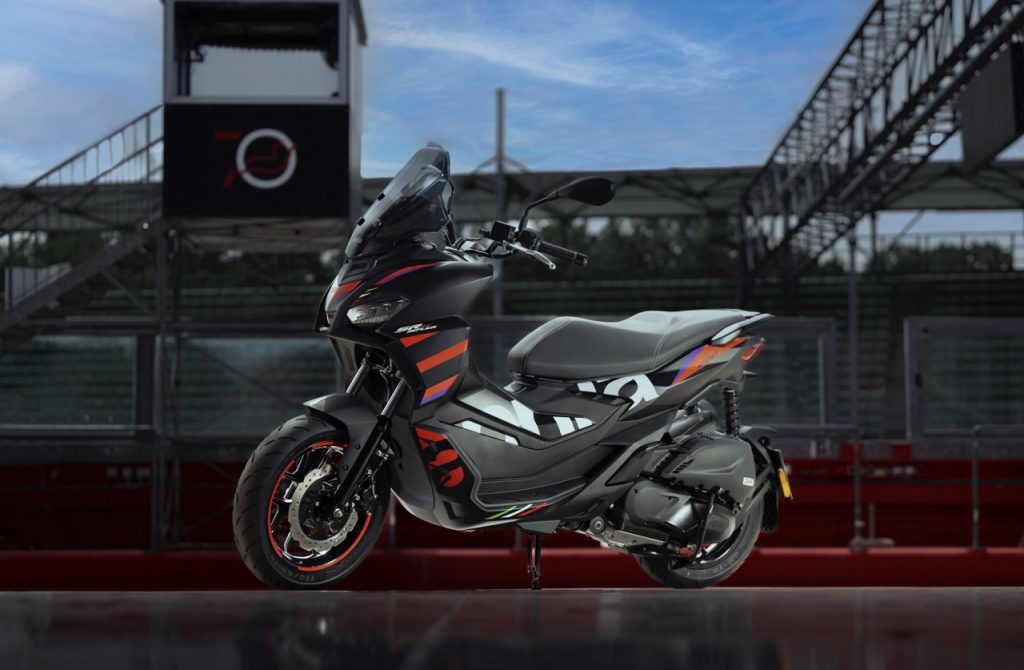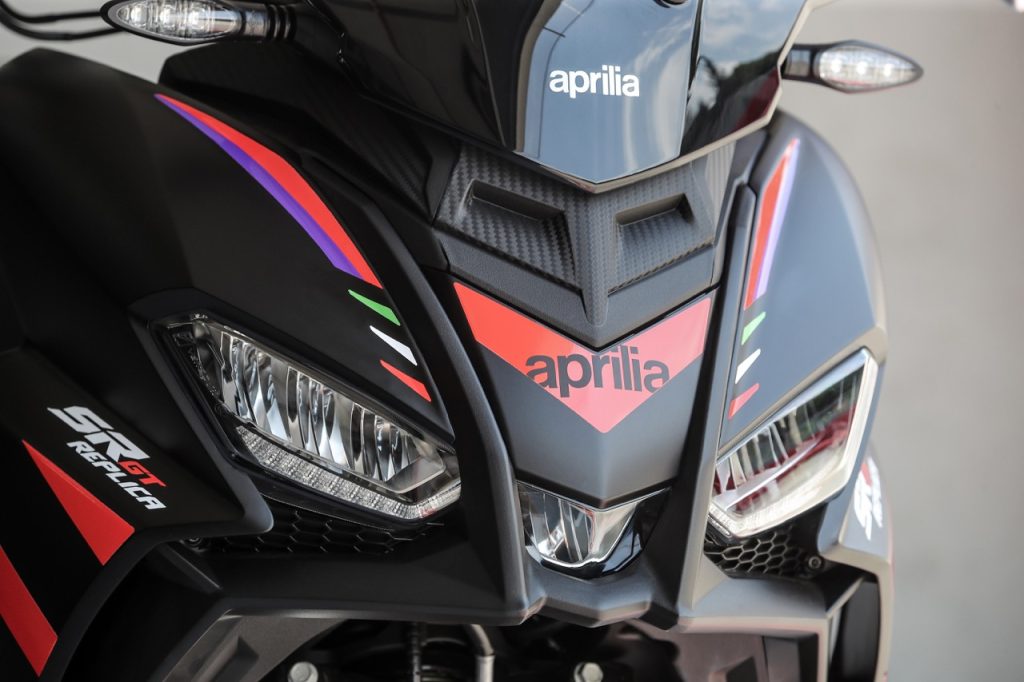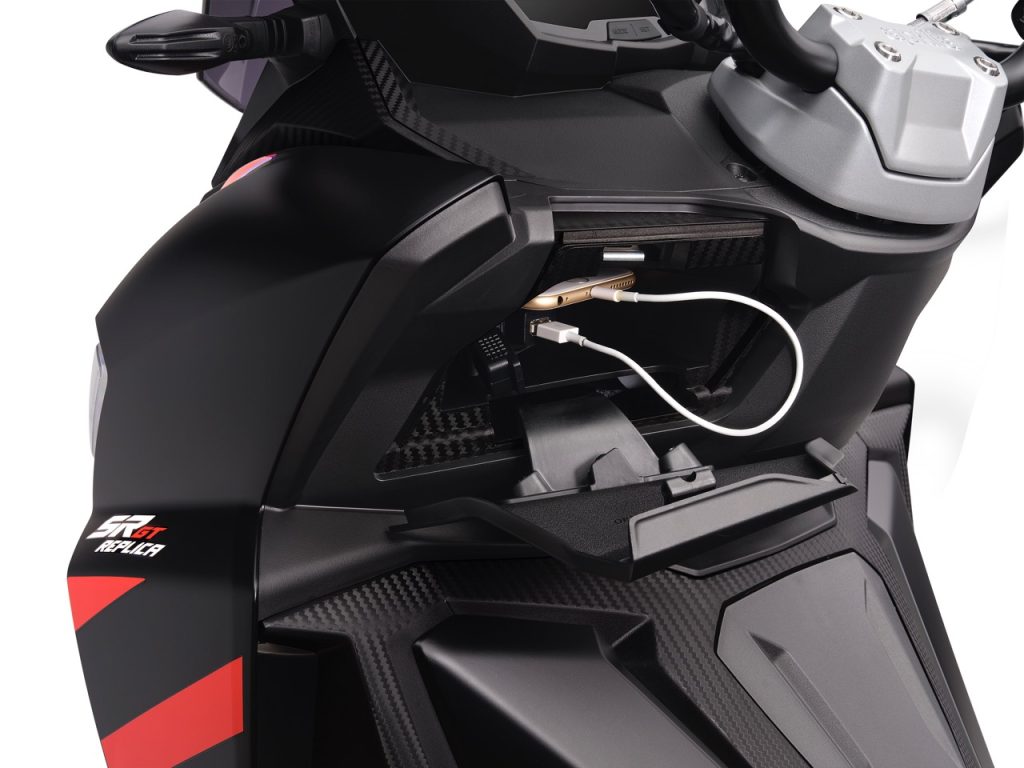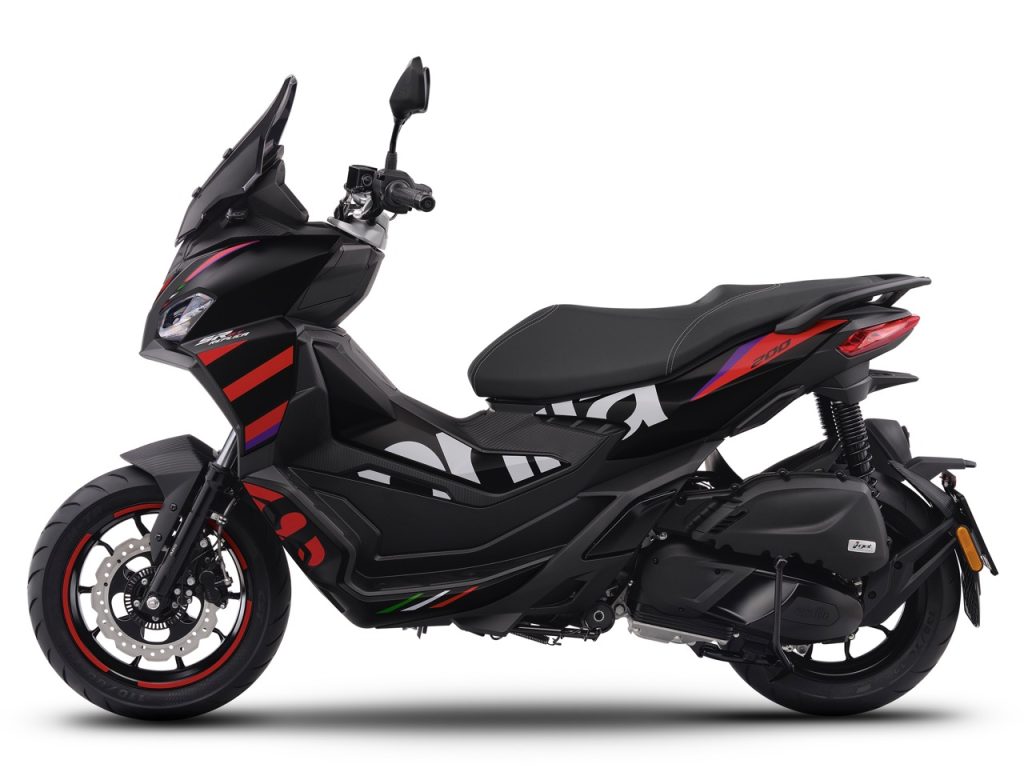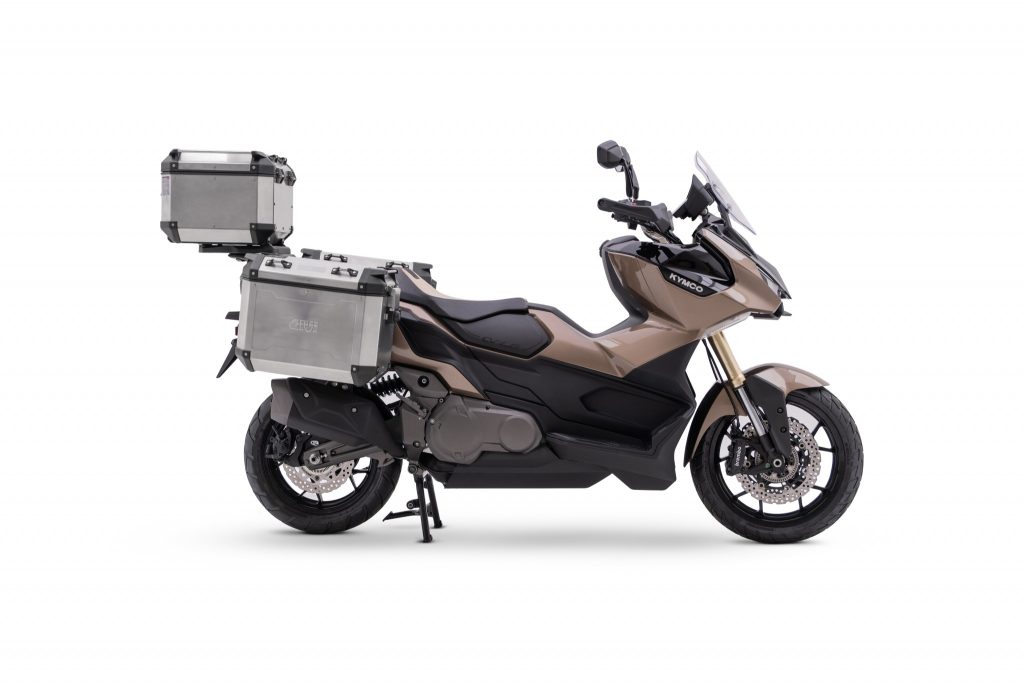Benelli put up quite a show at this year’s EICMA, unveiling a range of models for the 2024 lineup. Two noteworthy additions to their offerings are the Tornado 500 and the Tornado Naked Twin 500.

Tornado 500:
With its sleek design the Tornado 500 represents Benelli’s latest entry into the sports bike segment. Benelli says this agile and maneuverable motorcycle is crafted for all-around enjoyment, drawing on the technical foundation of the Tornado Naked Twin 500. Shared components include the frame and the proven 500cc engine, already a staple in the brand’s best-selling models.

Developed entirely by Benelli’s R&D and the Benelli Style Centre in Pesaro, Italy, the Tornado 500 inherits styling cues from its naked counterpart but evolves them for a distinct identity. The sculpted and dynamic fairing surfaces highlight the bike’s sporty character, featuring compact and contemporary shapes for a refined and modern aesthetic.

Powered by a 500cc parallel twin-cylinder, four-stroke, liquid-cooled engine, the Tornado 500 delivers a smooth yet responsive performance. With a maximum power output of 47.6 hp at 8500 rpm and peak torque of 46 Nm at 6000 rpm, this bike is designed for exhilarating rides. The updated engine complies with Euro 5+ standards.
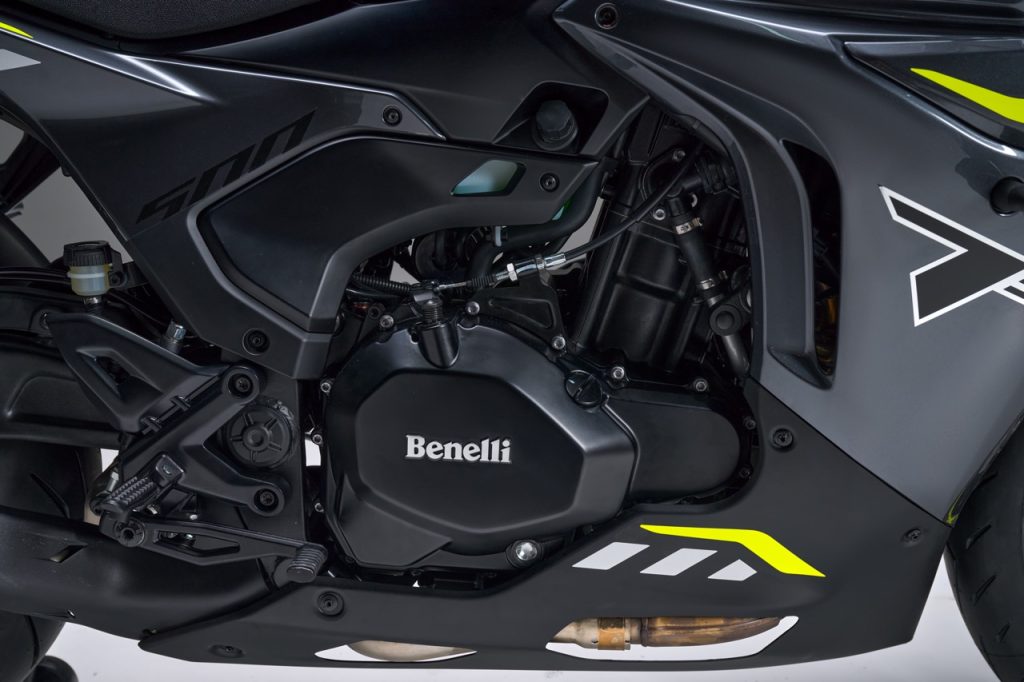
Sharing the frame with its naked counterpart, the Tornado 500 boasts a traditional steel trellis frame, ensuring agility and responsiveness on the road and around corners. The suspension system includes a Marzocchi upside-down fork at the front and a swinging arm with a central adjustable monoshock at the rear. Brembo brakes, a 5-inch TFT color display, and modern features like Bluetooth connectivity and TPMS add to the overall appeal. The Tornado 500 is set to hit Benelli dealers in the first few months of 2024, with pricing and color options yet to be finalized.











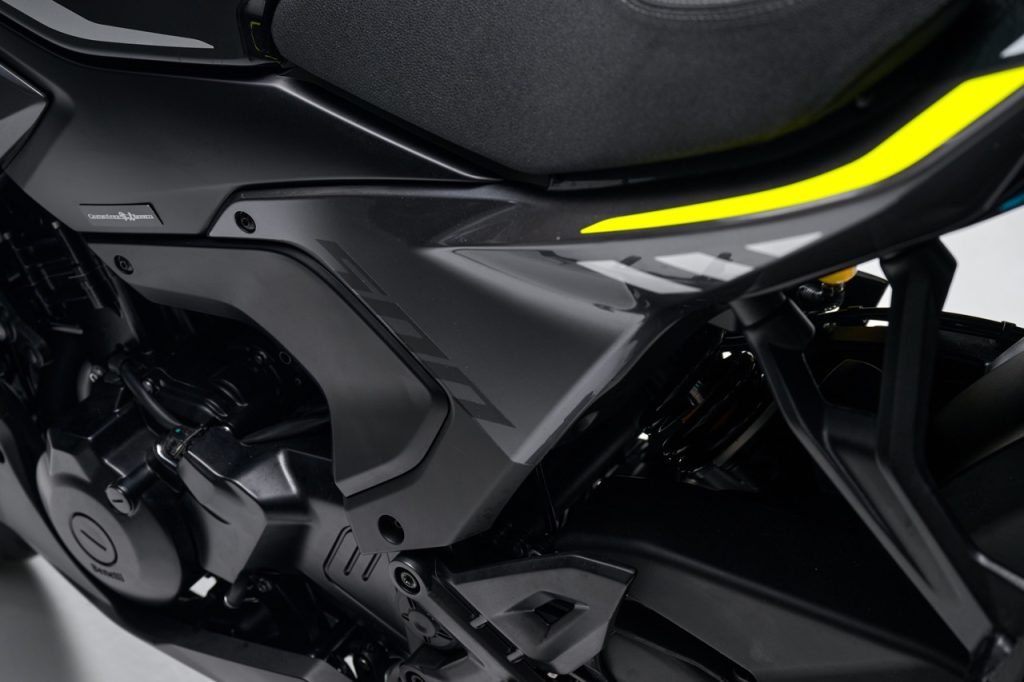


Distinctive in design, the Naked Twin introduces a new headlight with a luminous signature formed by daytime running lights (DRL) that create a “T” shape when viewed from the front. This innovative feature separates the DRL from the central high and low beam modules, adding a unique touch to the bike’s appearance.
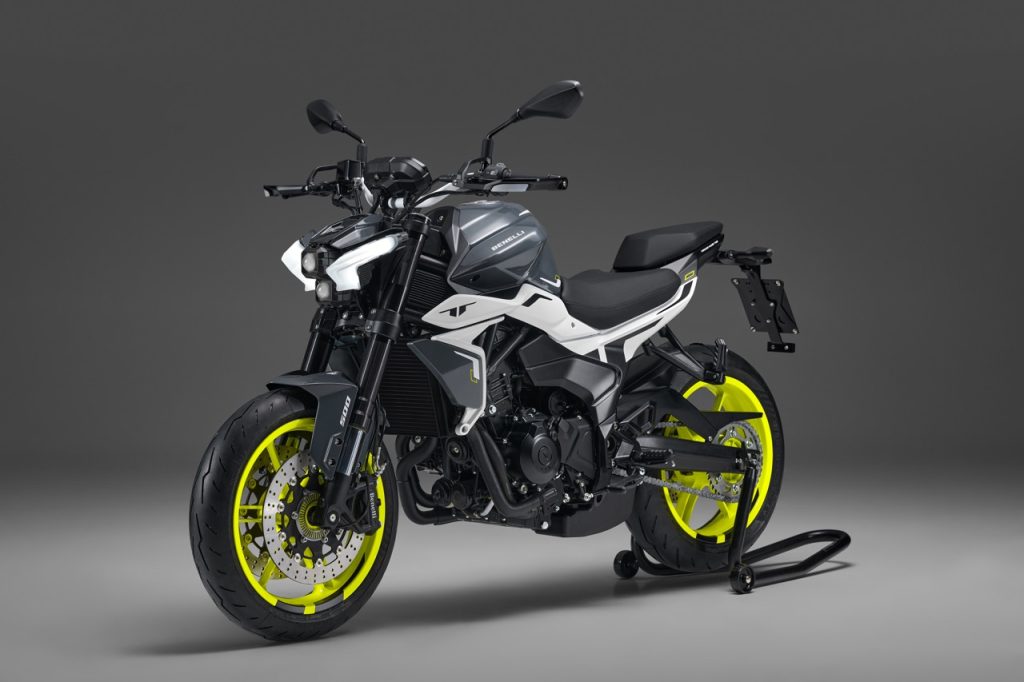
The 500cc twin-cylinder engine, updated to meet Euro 5+ regulations, undergoes design modifications for the Naked Twin. Changes to the clutch cover, transmission cover, exhaust system, and airbox optimize performance and comply with current regulations.

Supported by a tubular steel trellis frame, the Naked Twin emphasizes agility on the road with a compact design and a wheelbase of 1451 mm. The suspension system includes an upside-down fork at the front and a swinging arm with a central monoshock at the rear. Brembo brakes, 17″ aluminum alloy rims with ABS, and a 5-inch TFT display with Bluetooth connectivity enhance the bike’s safety and modern appeal.

Just like the Tornado 500, the Naked Twin is expected to arrive at Benelli dealers in the first half of 2024, with prices yet to be determined.
Tornado 500 Naked Twin:
Sharing its engine with the Tornado 500, the Naked Twin brings a fresh perspective to the “naked” concept, incorporating the same 500cc engine seen in popular models like the TRK 502 and the Leoncino 500.








